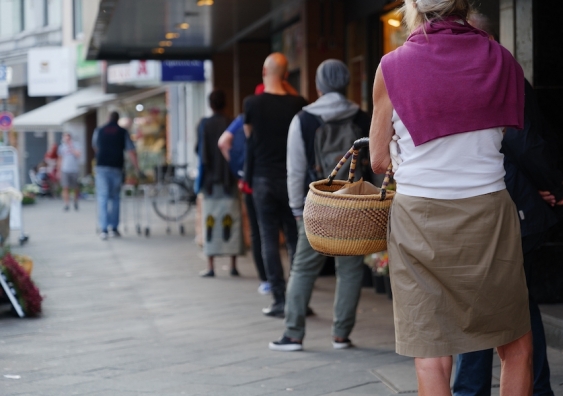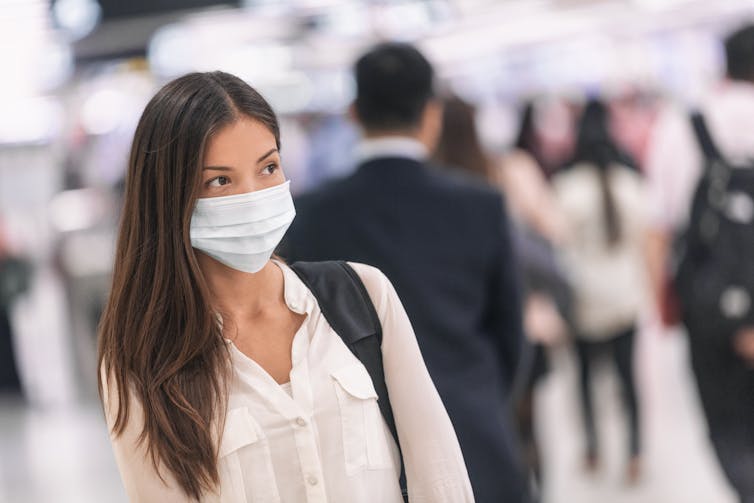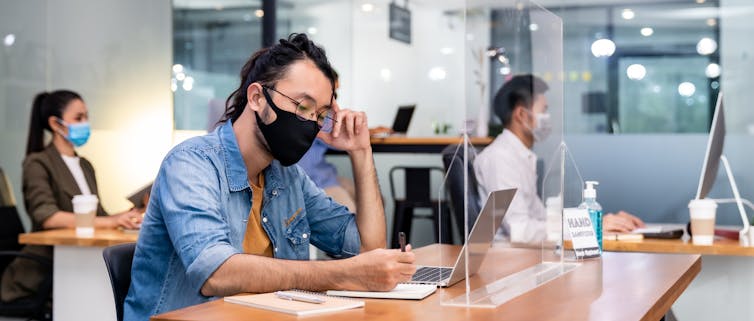COVID mask mandates might be largely gone but here are 5 reasons to keep wearing yours
Masks not only reduce your chance of getting COVID, they might stop you unknowingly transmitting the virus to colleagues, people in vulnerable groups or children who are yet to be vaccinated.




